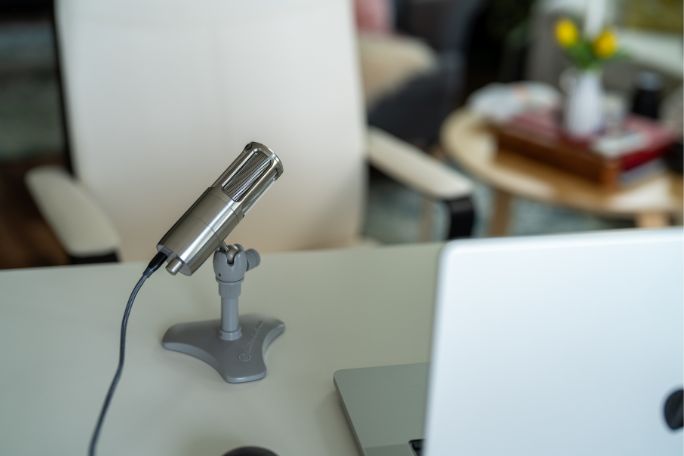Lesson summary
All stories can become lost in time if we’re not careful. Mikaela Jade is a tech-wiz who has harnessed the power of digital technology to keep Indigenous stories alive and well. Her organisation, Indigital Edutech, is a technology platform that engages students and brings cultural creativity to technology in STEM. In this lesson, your students will use digital storytelling tools to bring stories to life!
Learning intentions:
Students will...
- learn about Mikaela Jade and Indigital Edutech
- understand how digital technology can help keep stories ‘alive’
- explore digital tools that are used for visual storytelling.
Success criteria:
Students can...
- explain some details of Mikaela Jade’s work and Indigital Edutech
- identify ways that digital technology keeps stories ‘alive’
- create a digital story using technology (low tech – flip book or high tech – Claymation, AR etc).
Lesson guides and printables
Curriculum links
Select your curriculum from the options below.
Lesson details
Curriculum mapping
Australian Curriculum (v9.0) content descriptions:
Design and Technologies:
Students learn to:
- generate, iterate and communicate design ideas, decisions and processes using technical terms and graphical representation techniques, including using digital tools (AC9TDE6P02).
General capabilities: Literacy
Syllabus outcomes: ST3-2DP-T, ST3-3DP-T
Cross-curriculum priority: Sustainability
Relevant parts of Year 5 and 6 achievement standards: Design and Technology:
Students explain how people design products, services and environments to meet the needs of communities, including sustainability. Students share and communicate ideas or content to an audience using technical terms, graphical representation techniques and appropriate digital tools. They develop project plans, including production processes, and select technologies and techniques to safely produce designed or digital solutions.
Resources required
- art supplies (pens, colouring in pencils, paints, clay, scissors, glue – teacher’s preference)
- device capable of creating audiovisual recordings, such as an iPad or camera (optional)
- digital resources: stop-motion apps, Aardman animator App (optional & teacher’s preference)
- paper for storyboarding
- student worksheet
Skills
This lesson is designed to build students’ competencies in the following skills:
- Collaboration
- Social skills
- Problem-Solving
- Curiosity
- Adaptability
- Digital literacy
- Cultural understanding
- Intercultural understanding
- Creativity
- Communication
- Reflection
Additional info
This is a standalone lesson within the Bridging the Digital Divide Unit. For more practical activities that enhance the digital literacy of primary school students and to learn more about other First Nations Australian Leaders in Digital Technology, head to the rest of the Unit!
Level of teacher scaffolding: High: This hands-on activity requires a high level of teacher involvement in the lesson as the students work to make and create their story designs.
Cool Australia would like to thank and acknowledge the support of the _auDA Foundation _enabling us to create these lessons.
Related professional learning
Visualise Data in the Secondary Classroom
Quick Summary:
Infographics have grown in popularity because they communicate information quickly and clearly. These visual tools represent information, data or knowledge. In this hands-on course, you will build your ability to use infographics as a learning tool in your curriculum.


Welcome back!
Don't have an account yet?
Log in with:
Create your free Cool.org account.
Many of our resources are free, with an option to upgrade to Cool+ for premium content.
Already have an account?
Sign up with:
By signing up you accept Cool.org's Terms and Conditions(Opens in new tab) and Privacy Policy(Opens in new tab).